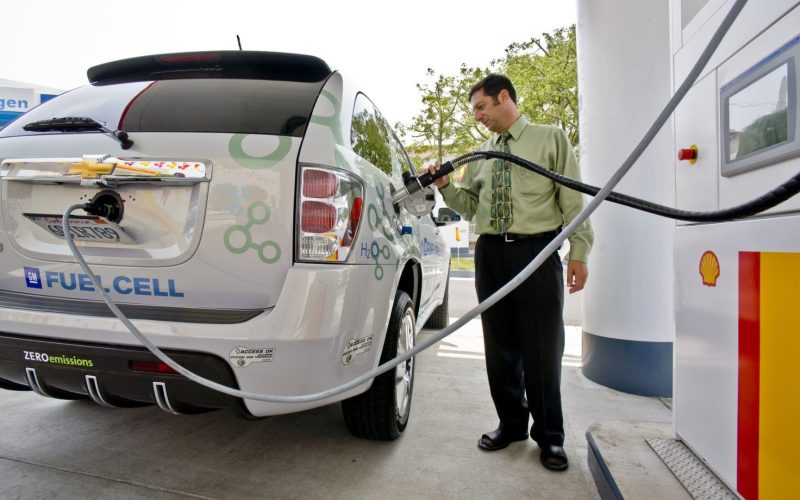THE VOICE FOR THE ENERGY CONSUMER

CEA President David Holt was quoted discussing the latest CEA report, “Oil and Natural Gas Light the Way for Texans,” which looked at the savings Texas energy consumers witnessed as.

DENVER, CO — The state with the Mile High City is also experiencing mile high savings – in energy costs – a new report by Consumer Energy Alliance (CEA) reveals..
Diplomatic conversation continue around Turkey, Hurricane Michael makes its way to the Atlantic, and Kanye West heads to the White House, but here’s what you missed in energy this week..

HOUSTON, TX — Everything is bigger in Texas, even savings from energy costs, according to a new report by Consumer Energy Alliance (CEA). Thanks to record energy production and safer,.
CEA’s Emily Haggstrom looks at the benefits increased energy production in New Mexico has yielded to communities across the state. Record output and energy infrastructure investment allowed lawmakers and Gov..

Among the many alternative energy technologies being developed at the moment, fuel cells powered by hydrogen are among the most interesting and potentially useful. Even though they haven’t reached full.

Building new energy infrastructure, like pipelines, will help reduce dependence on Middle Eastern oil while promoting job growth and economic development here at home. “The Nebraska chamber supports the Keystone.

Many have taken notice of the publication of CEA’s “Everyday Energy for Pennsylvania,” report which examines the consumer savings caused by the increased production of natural gas. This winter, fortunately,.

As anti-pipeline activists increasingly resort to violence, they continue to willfully ignore the safety benefits pipelines provide for the environment while assuring reliable delivery of the fuels that families use.

Midwest Executive Director, Chris Ventura, sat down with the Intelligencer to discuss CEA’s latest report, Powering West Virginia, and how regulatory certainty and sound environmental regulations have allowed for a.